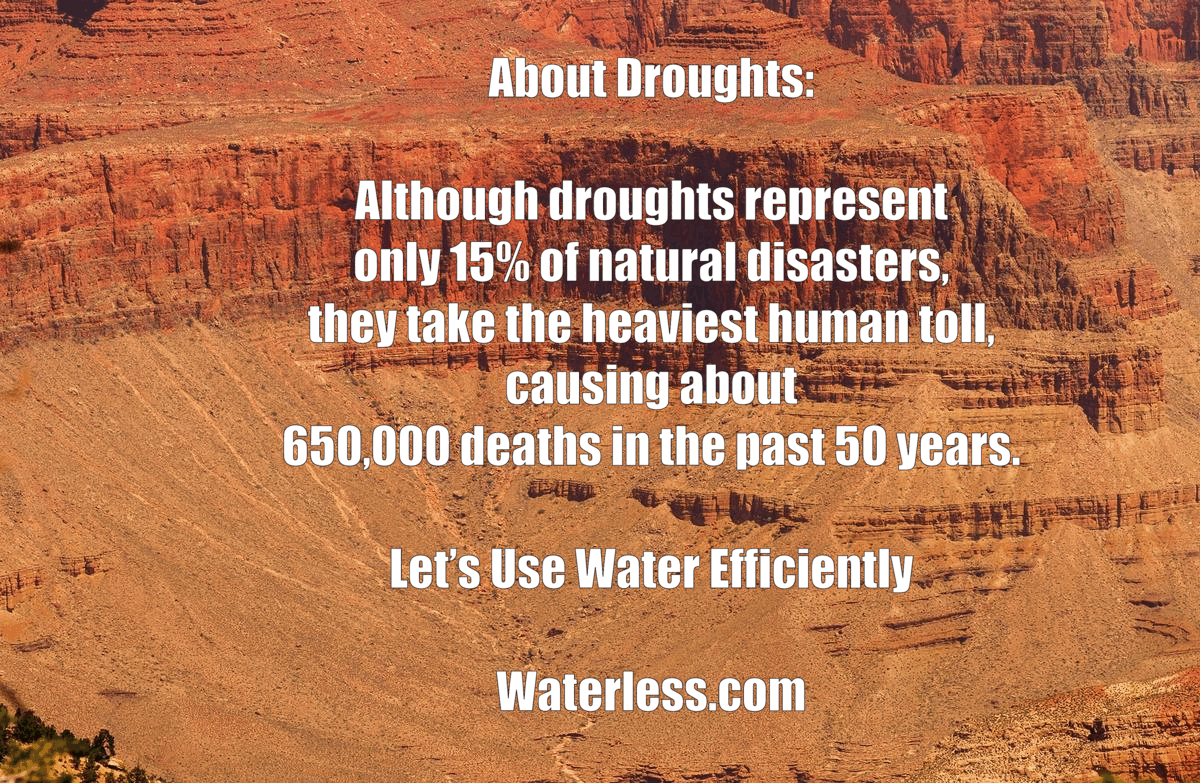Every so often, we like to review the many benefits of no-water or, as they are more commonly called, waterless urinals. We’re doing this because many areas of the world are experiencing prolonged drought conditions, which are now becoming permanent. Therefore, finding ways to reduce water consumption has become more imperative worldwide.
With that said, here are the Top Eight Benefits of installing waterless urinals:
1. Water Savings
Might as well start with their key benefit: waterless urinals significantly reduce water consumption. It’s estimated in the U.S. that more than five billion gallons of water are used every day to flush urinals and toilets. Typically, in an office building, school, or similar commercial structure, about half the water used is that in toilets and urinals. Conventional urinals use one to five gallons of water per flush. No-water urinals use, well, no water.
2. Low Maintenance
You probably guessed it, but the flush mechanism on water-using urinals typically needs a lot of repairs. The flush valves, either from age, use, or tampering, invariably need fixing. This can prove costly because, in most cases, the entire mechanism must be replaced.
3. No Clogging
Nope, we’re not talking about clogging dancers. Instead, we’re talking about drain lines clogging on traditional urinals. The clogging is the result of the mixture of water and urine, which forms encrustations in the pipe resulting in clogged pipes. Best keep the plumber’s number handy.
4. More Hygienic
In general, urine does not contain harmful microorganisms. But that all can change when the urine is mixed with water. You see, the water in water-using urinals gives the germs the moist environment they need to grow. Worse, these germs can become airborne with flushing and splatter. This was a big concern during the pandemic and sure enough, COVID was found in the urine of those infected with the disease. This means the virus could spread from inhalation. Waterless urinals remain dry. There is no flushing. Germs, bacteria, and microorganisms cannot survive on a dry surface. Plus, there is less splatter with waterless urinals all of which makes them more hygienic.
5. Odor Control
The first two things you notice when you use a waterless urinal are 1) there is no flush valve and 2) there’s a little gadget placed at the base of the urinal. That little gadget is essential. It’s called an EcoTrap®, and it’s designed to prevent sewer odors from entering the restroom. It needs to be filled with a liquid sealant called BlueSeal® to ensure it works properly. The EcoTrap and the BlueSeal keep the restroom smelling fresh and clean.
6. Sustainability
Waterless urinals were promoting sustainability long before most organizations were even focused on sustainability. When you consider that one waterless urinal can save up to 35,000 gallons of water per year and that millions of waterless urinals have been installed worldwide, we see they have significantly contributed to conserving water, our most important resource.
7. Energy Reduction
Ever wonder how water gets to your facility? Massive water utility pumps deliver it there. These pumps are invariably powered by electricity. If less water is pumped to your facility, it means your facility is helping to reduce energy consumption. The cost to pump and remove water is worked into your water utility bill. Less water used and less energy needed helps reduce your water bill.
8. Retrofits
We can’t leave without discussing retrofits. In a post-COVID world, facility managers are remodeling restrooms to help them stay cleaner and more sanitary. What they are finding is that installing no-water urinals is a very cost-effective retrofit. They require less plumbing to install and no special pipes or connections. This makes installing waterless urinals easier, faster, and much less expensive.




















